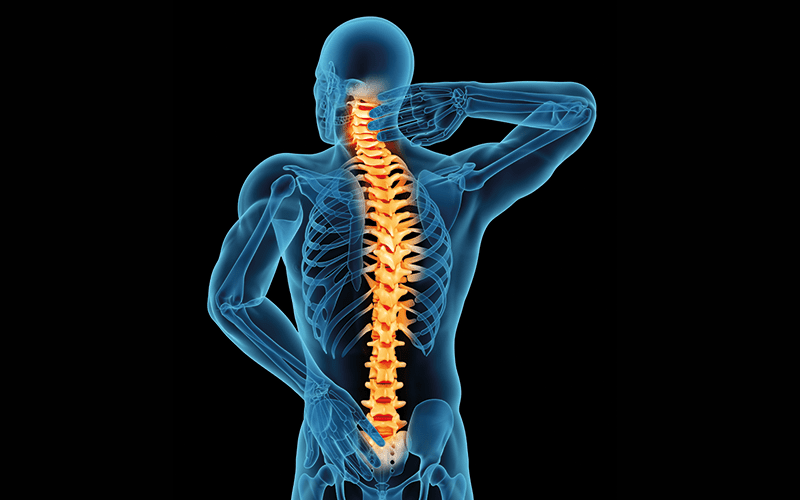In the latest of our series on core OSH topics, we explore the basics of musculoskeletal disorders and how to reduce their impact in the workplace.

1.) MSDS AND WHY THEY MATTER AT WORK
Musculoskeletal disorders (MSDs) affect the joints, bones and muscles of the human body. They can arise suddenly and range from short-lived conditions such as fractures, sprains and strains to chronic lifelong health issues, all of which are associated with ongoing pain. Inflammatory conditions such as rheumatoid arthritis are also examples. Conditions such as osteoarthritis, back and neck pain are the most common MSDs. Employers must protect workers from these risks in the workplace and act if chronic MSDs or those caused outside of employment are made worse by work.
How is the body affected?
MSDs can affect the upper and lower back, neck, shoulders, arms, legs, feet and hands. They can limit mobility and functional ability, reducing workers’ ability to work and also affecting their social and personal lives, which can then harm their mental wellbeing.
What is the prevalence of MSDs?
MSDs account for the most widely reported work-related health conditions among workers globally. In Great Britain, 470,000 people suffer from work-related muscle problems and a total of 8.9 million working days were lost as a result of work-related MSDs in 2019-20 (GB Health and Safety Executive 2021a; 2021b). Because of the effect of them on individuals and productivity is well known, workplaces should try to do as much as possible to prevent such conditions occurring.
2. WHAT CAUSES MSDS?
In the workplace, MSDs are often caused by occupational activities such as:
- Lifting heavy loads
- Working with high-force exertion
- Working in unfavourable
- body postures
- Monotonous repetitive tasks
- Application of vibration
- Physical environmental conditions
- Heavy work demands and pressures.
IN GREAT BRITAIN, 8.9 MILLION WORKING DAYS WERE LOST AS A RESULT OF MSDS IN 2019-20
3. IDENTIFYING POTENTIAL MSD HAZARDS
It can be difficult to identify hazards that can cause MSDs or aggravate conditions.
But following the same thought process that applies to manual handling hazards can be useful, such as considering:
- Task – manual handling tasks (for example, lifting heavy loads) and ergonomics (for example, sustaining awkward postures)
- Individual health – a worker’s pre-existing health condition, awareness of good health habits, and adequacy of rest or recovery from tasks
- Load – if a load is too heavy for a worker to hold and is carried out repeatedly, it will eventually have a substantial effect on the body
- Work environment – this should be suitable for the worker to carry out their job without risk, and should consider factors such as space constraints or variations in work surfaces or floors and environmental factors (such as excessive noise and temperature)
- Other factors – psychosocial factors such as heavy job demands, for example, can lead to stress, which is also linked to MSDs.
4. CONTROLLING MSD RISKS
Organisations can take steps to assess and control risks in the workplace to help prevent the workforce from developing MSDs. Controlling MSDs isn’t an expensive task, but it can have a huge effect on the lives of workers.
Organisations could think about interventions such as:
- Modifying equipment
- Making changes in work practices
- Purchasing new tools or devices.
These steps can assist in:
- Reducing physical demands
- Eliminating unnecessary movements
- Lowering injury rates
- Reducing worker turnover.
5. FIVE TIPS FOR MANAGING MSDS IN THE WORKPLACE
1 Risk assessments: review current risk assessments and ensure they cover prevention of MSDs in the workplace, including the opportunity for breaks to give the body a chance to rest and recover.
2 Ergonomics: understand the requirements and capacity of your employees, adapt work to each person through the design of the task and make any adjustments that are required.
3 Performance: alter the working methods and train employees to perform any tasks that are specific to their work.
4 Good practices: look for good practices from similar organisations that can be adapted to eliminate or reduce MSD-related hazards and risks in your workplace.
5 Engage with workers: provide awareness information, ensure they are aware of the process for reporting issues and listen to feedback on concerns.
